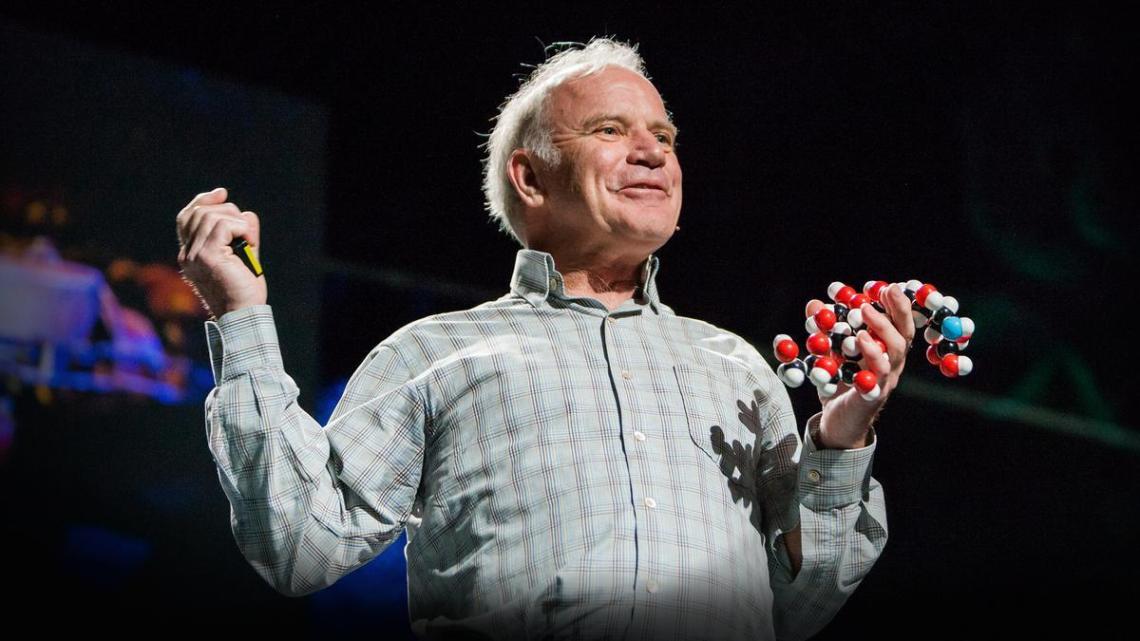BEIJING, Nov. 24, 2022 /PRNewswire/ -- A news report from chinadaily.com.cn:
Huawei Technologies' information and communications solutions will bring connectivity to 120 million people in remote areas in over 80 countries and regions by 2025, a senior executive said on Wednesday.
The plan is part of Huawei's broader push to drive broader connectivity in the digital economy era, and to explore how to use better connectivity to create greater business and social value while promoting sustainability.
By the end of 2021, Huawei's RuralStar telecom solutions had already helped connect 60 million people in remote areas in more than 70 countries and regions, the company said.
Liang Hua, chairman of Huawei, said in the intelligent era, connectivity will be more than just a tool for convenient communications. Together with digital technologies like cloud and artificial intelligence, connectivity will help bring everyone into the digital world and drive social progress.
"Connectivity is not just the cornerstone of the digital economy, but a basic right for every human being," Liang said at the company's "Connectivity+: Innovate for Impact" forum in Shenzhen, Guangdong province.
But now, there is still a long way to go before everyone has easy access to quality internet services. According to the GSMA's Mobile Economy Report 2022, only 6 percent of the world's population live in areas without mobile network coverage. But a huge usage gap remains, as many people who have coverage still don't use the internet. In 2021, the usage gap was 3.2 billion people, or 41 percent of the world's population.
To solve the problem, Huawei is working closely with industry organizations and partners.
In Nigeria, for instance, Life-Bank, a local digital health platform, is saving lives by delivering needed medical supplies as quickly as possible. Connecting hospitals with supply centers, LifeBank offers real-time access to blood and oxygen products, and guarantees quality services via end-to-end management, from sourcing and location to tracking and delivery. That is possible on the basis of digital connectivity enabled by Huawei's technologies.
The Chinese company is also working to accelerate digitalization for stronger digital and real economies.
"As digital technology enables more industries to go digital, the digital economy is becoming increasingly integrated with the real economy. This will greatly promote economic stability and sustainability worldwide," Liang said.
However, there is a growing digital gap between small and medium-sized enterprises and leading enterprises, as SMEs are working on the first step of digital transformation — trying to get everything connected.
To this end, Huawei announced in 2021 that it will invest $100 million in the Spark Program in the Asia-Pacific region over the next three years. "Through this program, we share our extensive information communications technology experience and cloud platform resources with startups. This gives them the resources needed to go digital and achieve business success," Liang said.
 3 years ago
606
3 years ago
606 ![A photo of Liang Hua, chairman of Huawei. [Photo provided to chinadaily.com.cn] A photo of Liang Hua, chairman of Huawei. [Photo provided to chinadaily.com.cn]](https://mma.prnasia.com/media2/1954851/Liang_Hua__chairman_of_Huawei.jpg?p=medium600)






 English (United States)
English (United States)